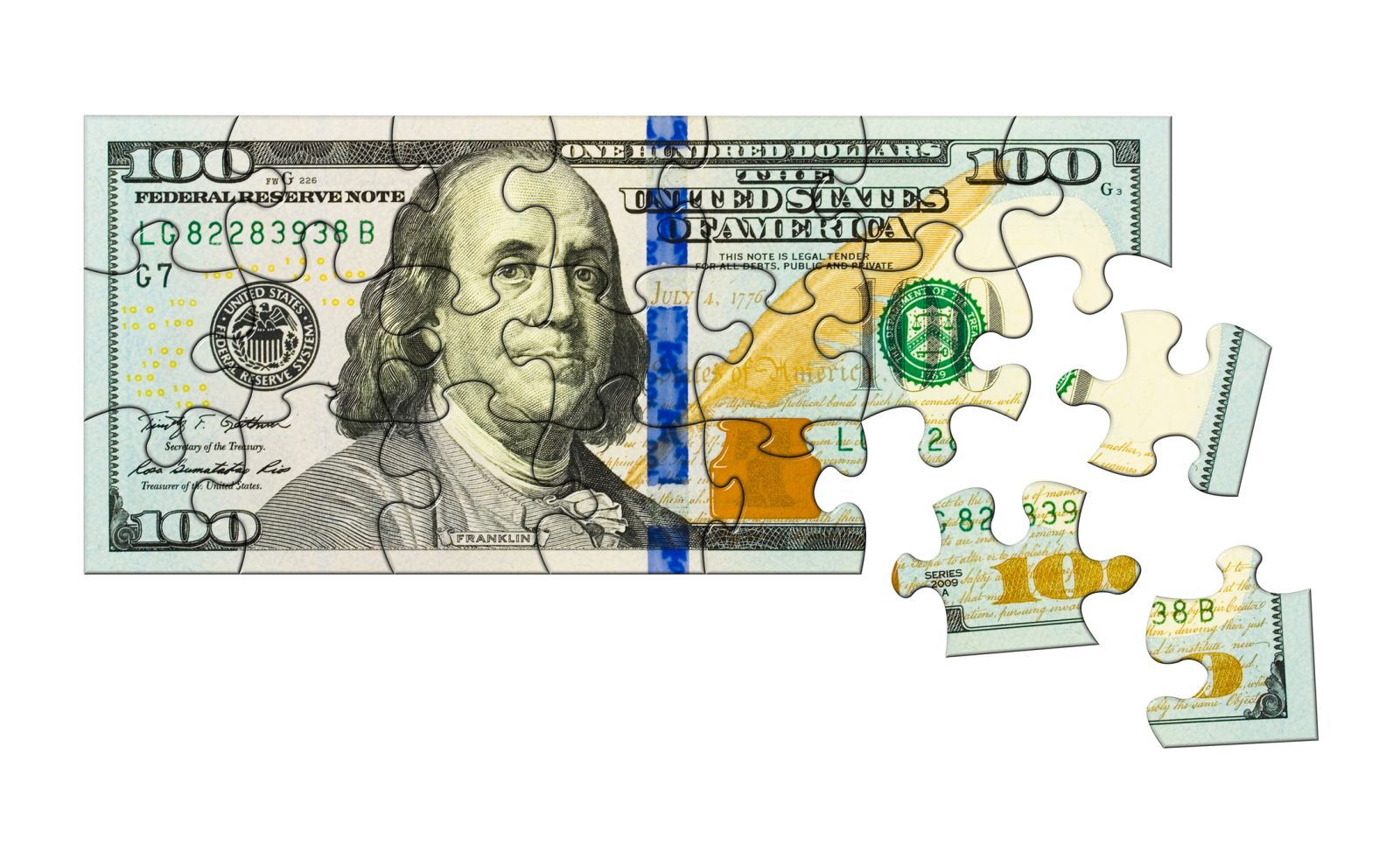The dollar index (DXY00) on Friday fell by -0.52%, posting a new 2-month low and adding to Thursday’s decline of -0.58%. The dollar was undercut by Friday’s weak US retail sales report and a -5 bp decline in the 10-year T-note yield, which added to Thursday’s decline of -9 bp. Also, there were continued fears about a global trade war after President Trump on Friday said that new tariffs on autos are coming around April 2.
Friday’s US Jan retail sales report of -0.9% was weaker than expectations of -0.2%. Excluding autos, Jan retail sales fell by -0.4%, weaker than expectations of +0.3%. Jan “control group” retail sales, which excludes volatile sectors, fell by -0.8%, weaker than expectations of +0.3%. However, the retail sales report was undercut to some extent by the wildfires in California and severe weather in various areas of the country.
In other US economic news, US Jan industrial production rose +0.5% m/m, stronger than expectations of +0.3%. However, Jan manufacturing production fell by -0.1%m/m, weaker than expectations of +0.1% m/m.
US Jan import prices rose by +0.3% m/m and +1.9% y/y, which was close to expectations of +0.4% m/m and +1.9% y/y. Excluding petroleum, US Jan import prices rose by +0.1% m/m, weaker than expectations of +0.2%.
The markets are discounting the chances at 2% for a -25 bp rate cut at the next FOMC meeting on March 18-19.
EUR/USD (^EURUSD) on Friday rose by +0.28%, adding to Thursday’s +0.79% rally. The euro has been boosted by hopes that talks could lead to a resolution of the Russian-Ukraine war. However, the risks rose in the Russian-Ukraine war after a drone strike Thursday night damaged the Chernobyl nuclear plant.
The euro was undercut this week by Thursday’s announcement by the Trump administration of reciprocal tariffs by April 1, which are likely to involve significant tariffs on US imports from Europe that would likely damage the European economy.
The Eurozone Q4 GDP report of +0.1% q/q and +0.9% y/y was close to expectations. Eurozone Q4 employment of +0.1% q/q and +0.6% y/y was slightly weaker than expectations of +0.2% q/q and +1.0% y/y.
Swaps are discounting the chances at 100% for a -25 bp rate cut by the ECB at the March 6 policy meeting.
USD/JPY (^USDJPY) fell -0.34%, adding to Thursday’s decline of -1.05%. The yen continued to benefit from hawkish comments Thursday from Japanese Prime Minister Ishiba, who said the Japanese economy is on its way to achieving sustainable inflation backed by wage growth.
April gold (GCJ25) on Friday closed down -44.70 (-1.52%), while March silver (SIH25) closed up +0.129 (+0.39%). Precious metals saw support from the weaker dollar and the continued decline in the 10-year T-note yield. However, gold prices saw long liquidation pressure after the sharp rally seen in the past two months. Gold failed to see much support from the Thursday night drone attack on the Chernobyl nuclear plant in Ukraine.
On the date of publication, Rich Asplund did not have (either directly or indirectly) positions in any of the securities mentioned in this article. All information and data in this article is solely for informational purposes. For more information please view the Barchart Disclosure Policy here.
More news from Barchart
- What Did We Talk About in Last Week's Webinar on Technical Analysis?
- How Did Markets React to the Latest Round of Tariff Announcements?
- What Happened in Markets While the US Was Distracted by the Super Bowl Sunday?
- Which Way is the Dollar Index Heading?
The views and opinions expressed herein are the views and opinions of the author and do not necessarily reflect those of Nasdaq, Inc.




